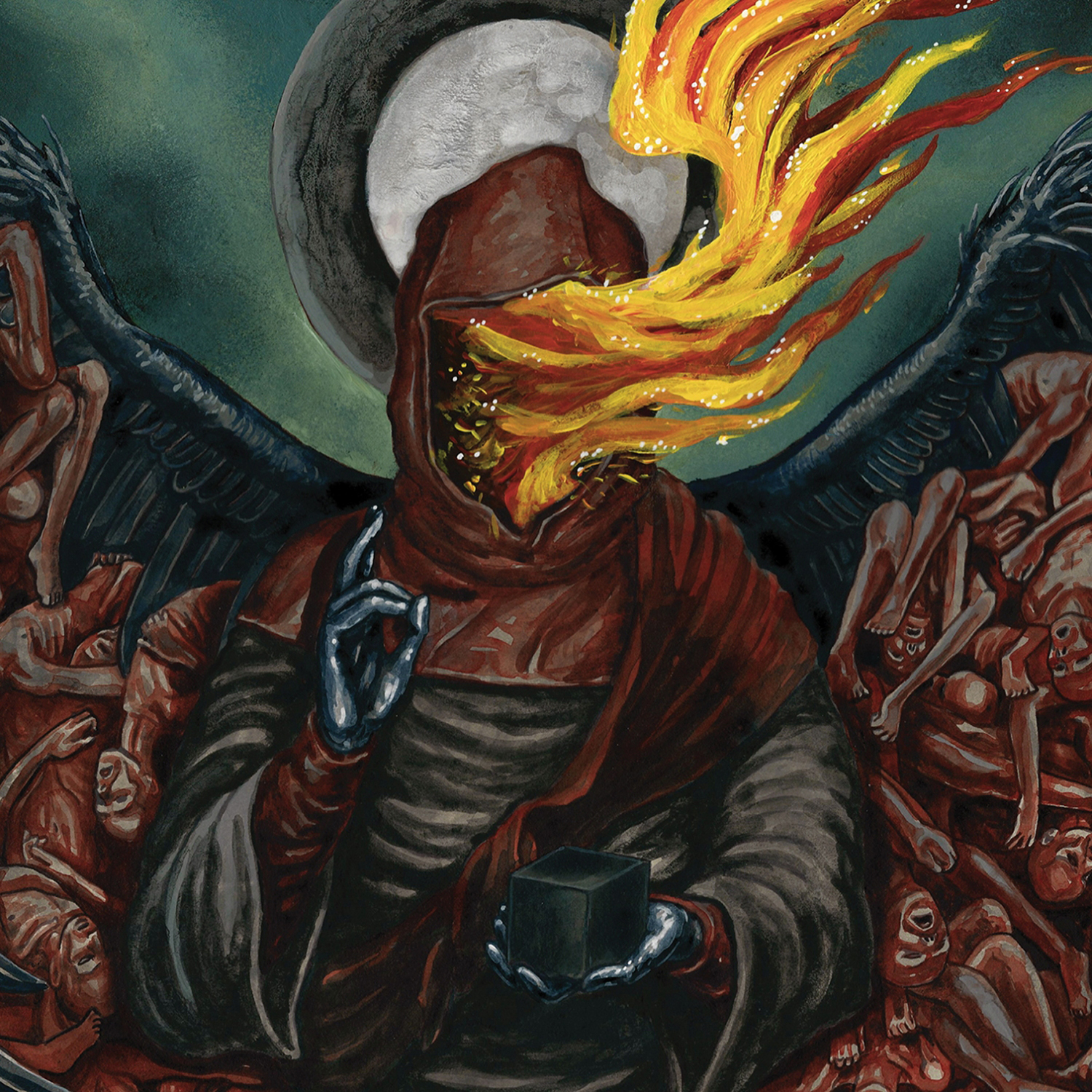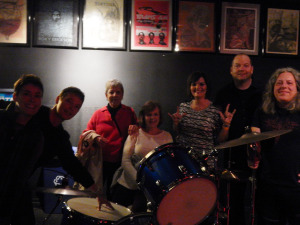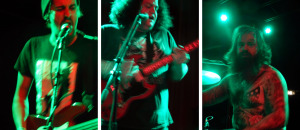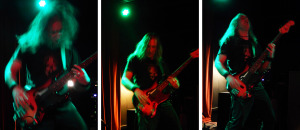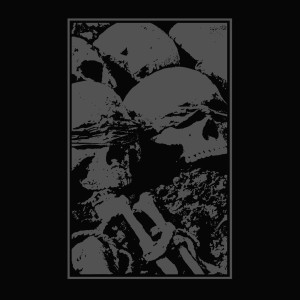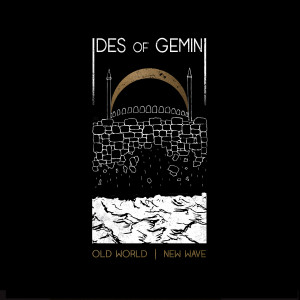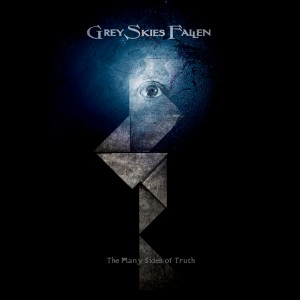(MALIGNANT RECORDS; 2018)
I am the type of person that likes to thoroughly research any artist that I write about, mentioning each band member and any guest musician’s contribution to the particular recording up for review. Finding ANY information about Abjection Ritual is like collecting hen’s teeth. However, after much scouring of various online data bases, I was able to identify the man behind the sounds. Now, after some soul-searching, I have decided that if this gentleman has gone to such extremes to keep his identity a mystery, I won’t blow it for him here. Suffice to say, the man is genuinely disturbed… the kind of disturbed that all true geniuses seem to share. These are the men and women who create the most adventurous and thought-provoking music, movies, literature, art… each a statement on the world, its populace or, indeed, the inner machinations of the creator of said piece. So… with that out of the way, let’s take a look at SOUL OF RUIN, BODY OF FILTH, the fourth overall release from Abjection Ritual and second for Malignant Records.
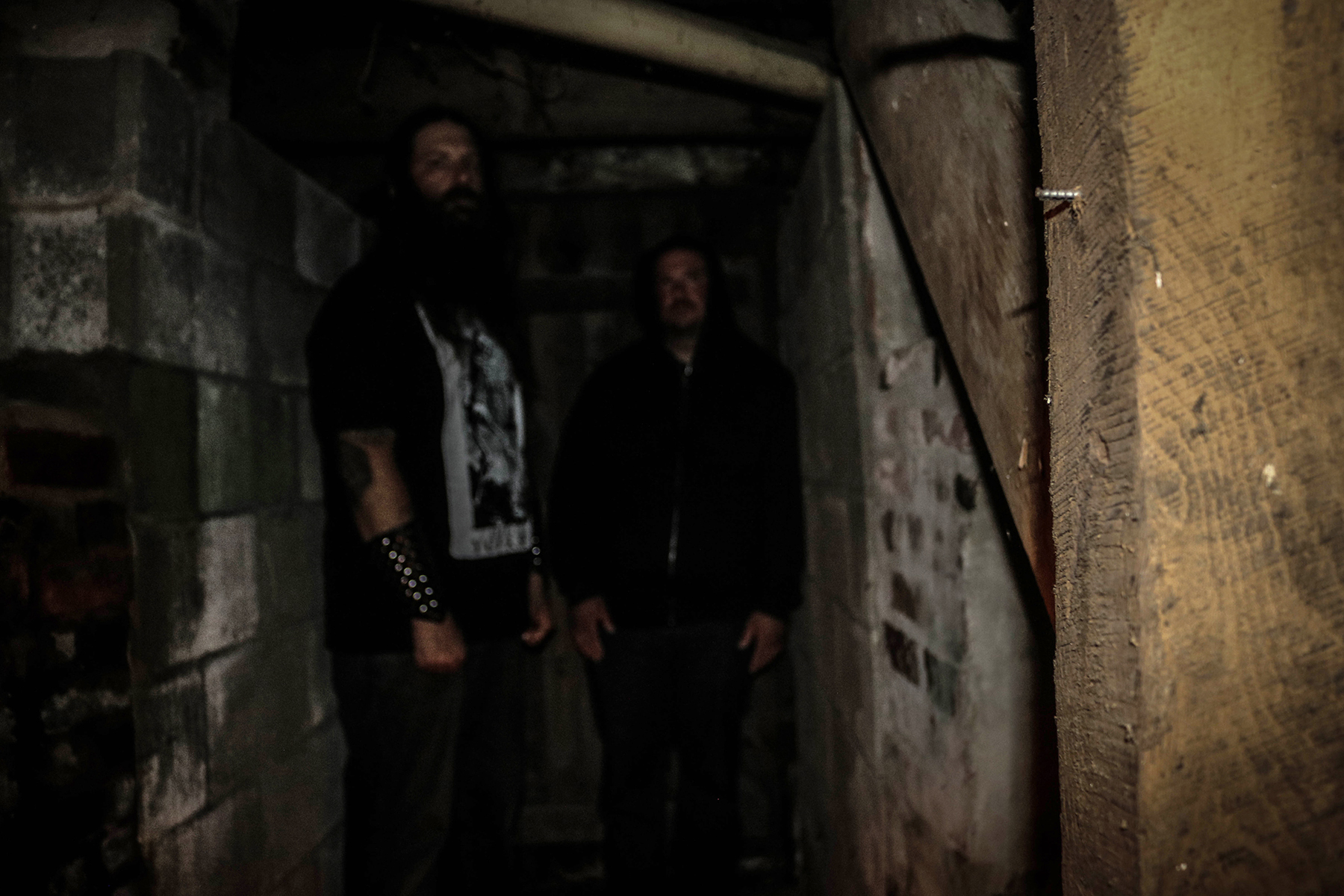
Previous Abjection Ritual releases have tended toward a kind of synthesized industrial metal. SOUL OF RUIN… sees the now-duo moving in a more organic direction, introducing guitar, bass and a live drummer into the mix of industrial ambience and heavy electronics. “Lamentations” is the shortest piece on the album, a droning dirge of an introduction with haunting female… uh… well, “Lamentations” leads right into “Body of Filth.” Tribal drums, eardrum-piercing feedback and an assortment of other evil sounding instrumentation replaces the hypnotic droning of the intro. Screamed male vocals are introduced before the whole thing devolves into a hive of noise, buzzing toward an unresolved terminus. “Blood Mother” is a sinister, Dio-era Sabbath wall of doom and gloom highlighted by ridiculously heavy riffs and ponderous drums. The middle section – a stinging, horror movie soundtrack – features a female voice (Rennie Resmini) and odd sci-fi sound effects before returning to the ominous bass grind of the track’s central theme. Hoarse, sore-throat inducing vocals plead and exhort, delivering what I must assume is the desired queasy effect. Author Christopher Ropes delivers a spoken word intro to “Deathbed Conversion.” The best analogy I can come up with regarding this one is that it sounds like the gates of Hell opening, inviting in the soul of a dying man. The lyrics are virtually vomited out, either Satan or the tortured soul seeking redemption (or condemnation). I’m not too sure about the conversion, but if the next song, “Ruin,” is any indication, things did not go well. The tone is oddly brighter, with a synthesized orchestra (or, is that a chorus?) seemingly offering light to the aura, if not the soul, of the entire record. Even so, the track features some crushingly heavy guitar and two guttural voices manage to give the tune and even more chaotic sound than the first half of the record. A lone voice, almost plaintive, dominates the second half grind.
“Carnassial Passage” is a kind of throbbing fever dream that somehow brings to mind the classic Alice Cooper tune, “Unfinished Sweet.” That may have more to do with the song title and the creepy drills that keep intruding into the mix. I feel fairly certain that this one would probably give even the Cooper boys nightmares. And that, friends, is a high compliment to the damaged minds behind the tune. The album ends with the nine-minute-plus magnum opus, “Old Sins.” It’s a slow descent into madness with heavily fuzzed-out guitar and bass with screamed vocals before the painful squall of a guitar’s feedback jolts you awake like electroshock therapy gone horribly wrong. Oddly effective and provocative, the minimalist drums make the cut intensely claustrophobic, forcing the listener into an unwelcome introspective haze. And we’re just a little more than halfway in; a more traditional approach is introduced at about 5:15 in, with a somewhat standard chord progression from the bass and Fripp-like sonic sweeps of guitar. Seemingly just out of listening range is what sounds like a psychotherapy session taking place. Taken by itself, “Old Sins” is a most effective and utterly disturbing piece of music; taken as a solitary piece of a larger construct, it seems to be the final abandonment of all hope, the dissolution of the final thread of sanity. The emotional turmoil that the song elicits, the journey we are forced to embark upon is exactly the desired effect that Abjection Ritual was aiming for. All good music, literature, art has the ability to lead its audience down a path that will generate a certain visceral reaction from said audience; SOUL OF RUIN, BODY OF FILTH as a whole and, particularly, “Old Sins” by itself does exactly that. I was mentally drained from the experience and, just maybe, a different person for having had that experience. That is the kind of art that one rarely experiences nowadays.

